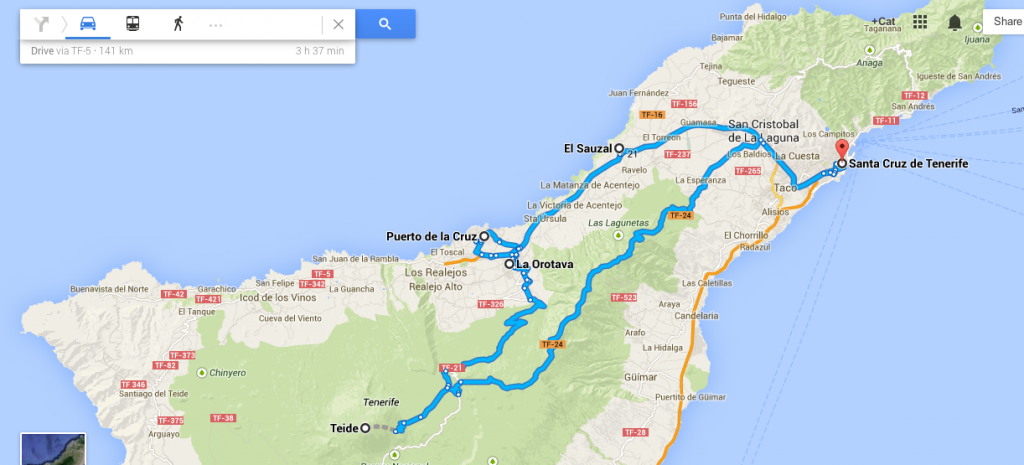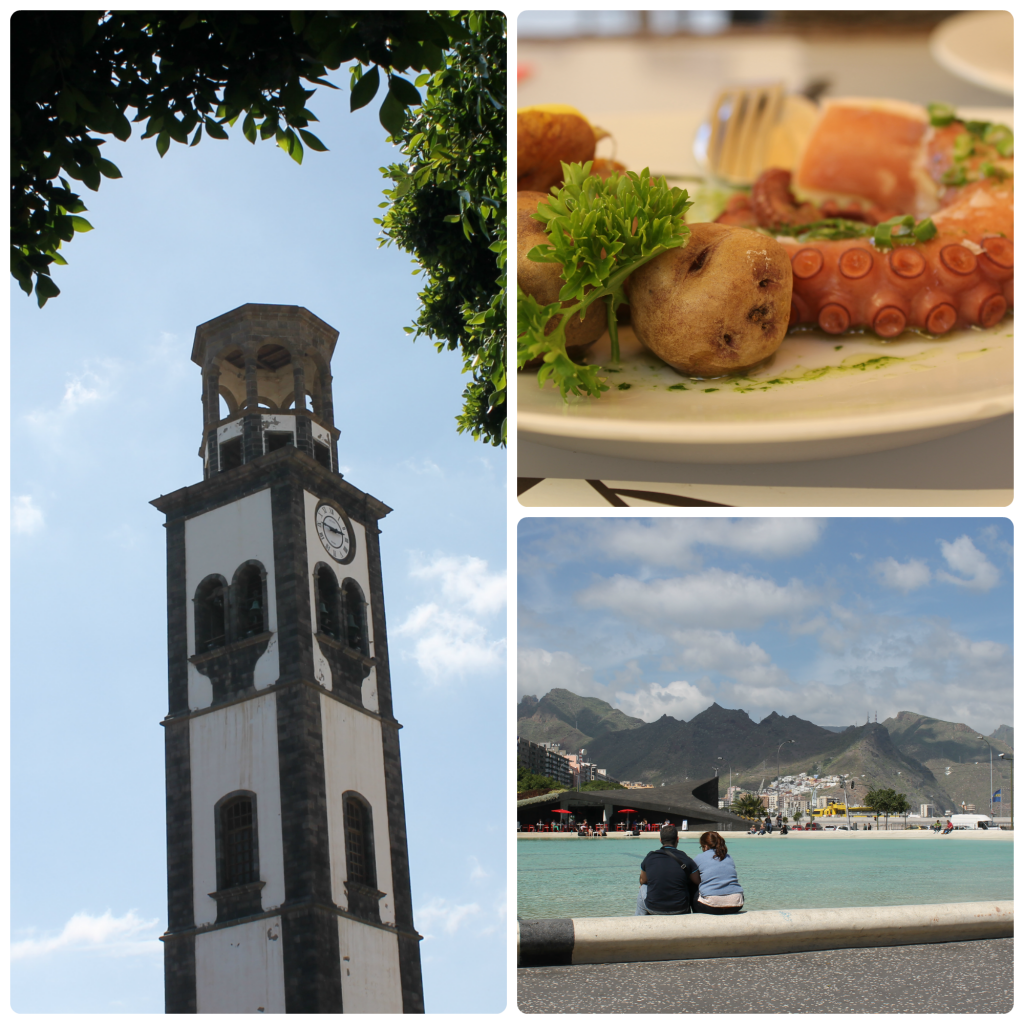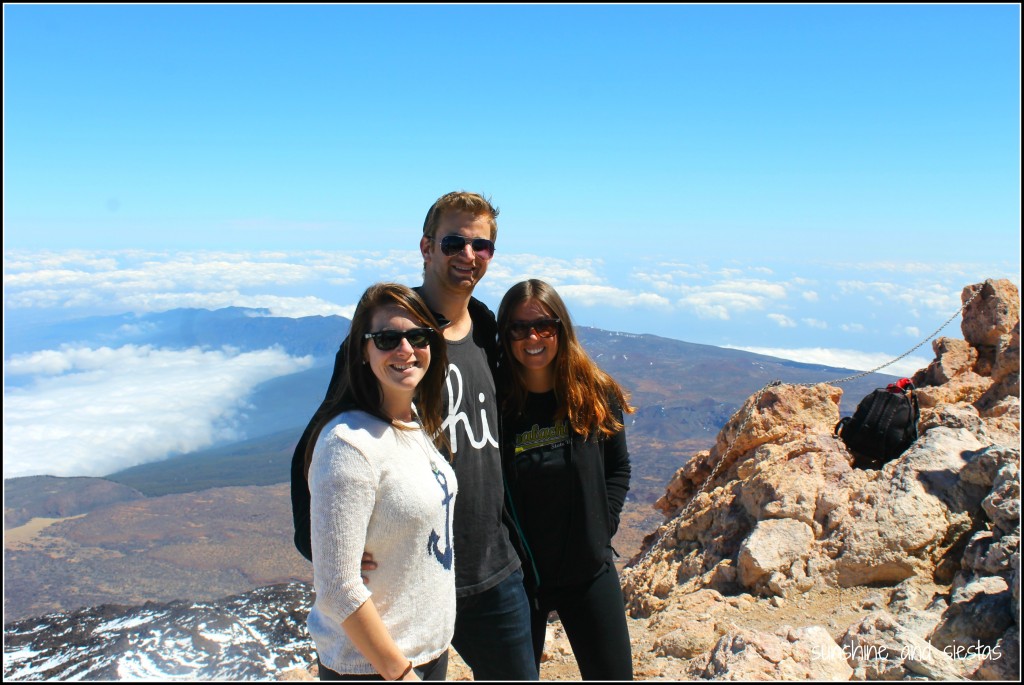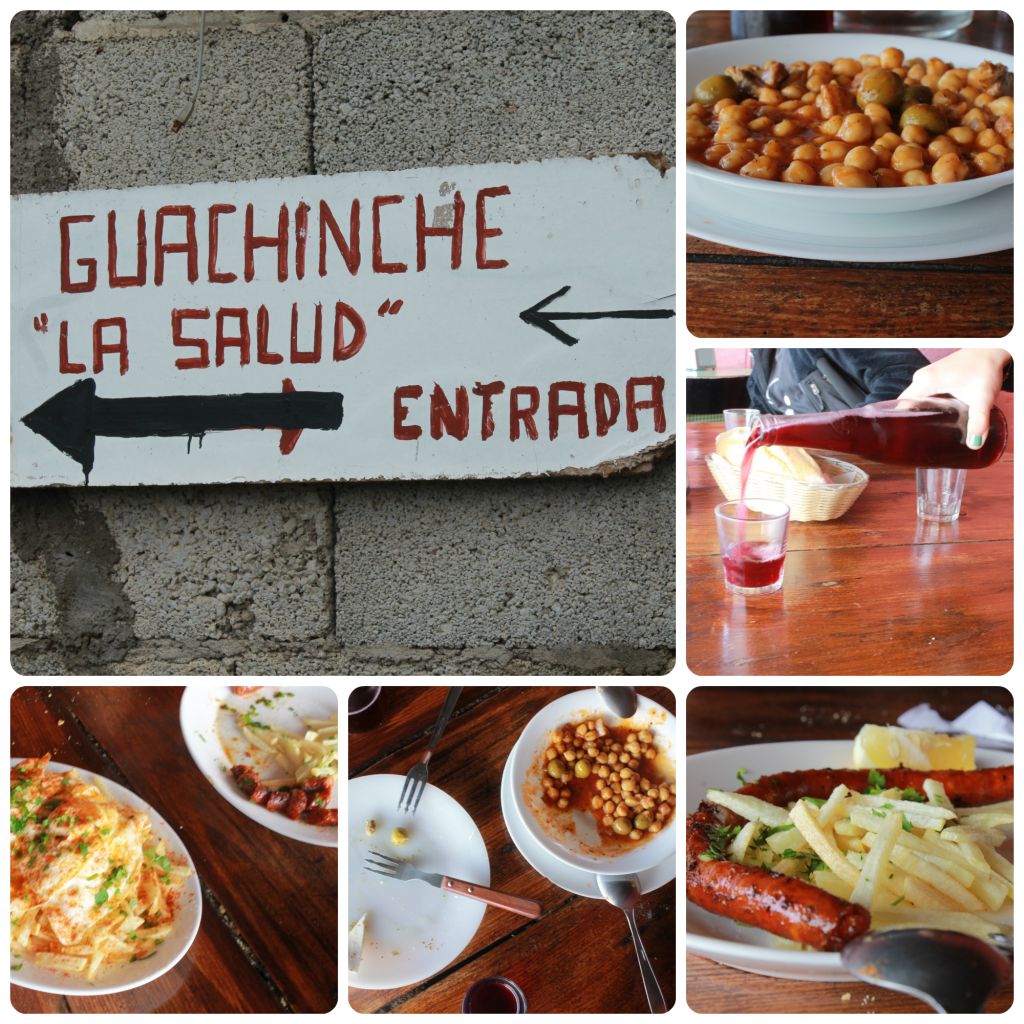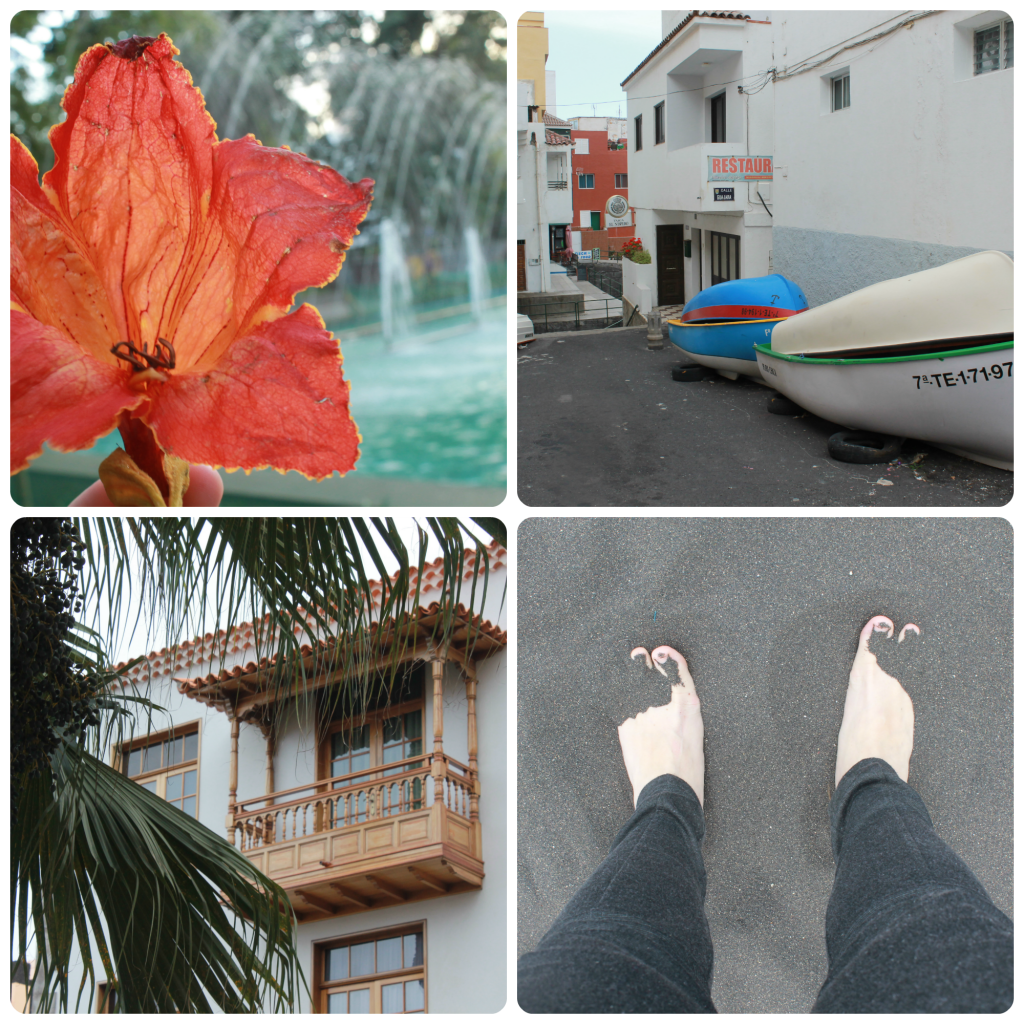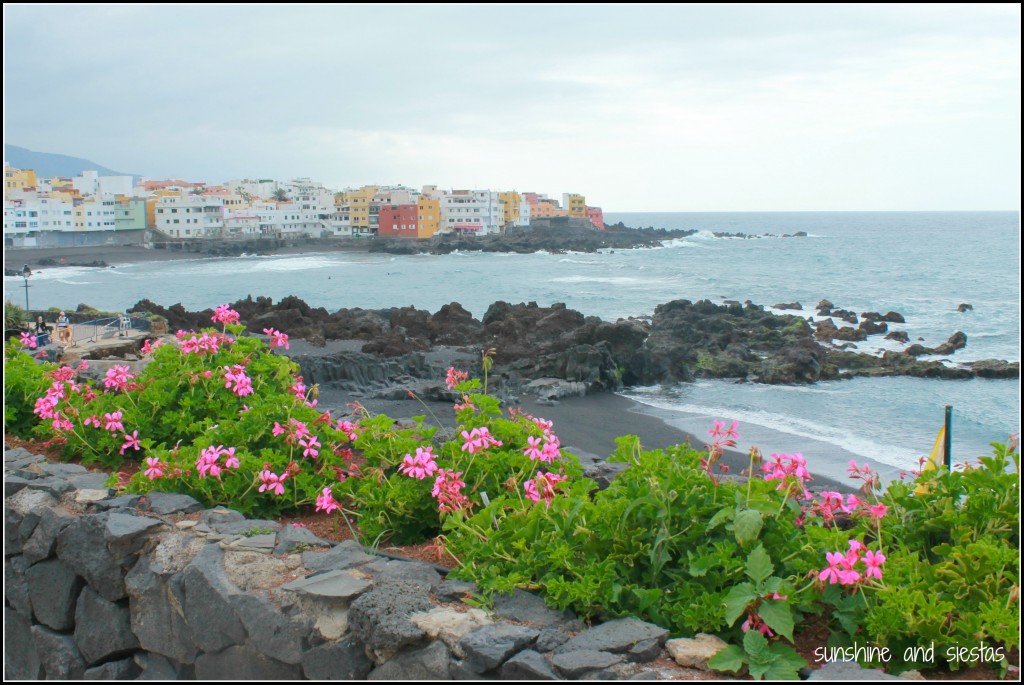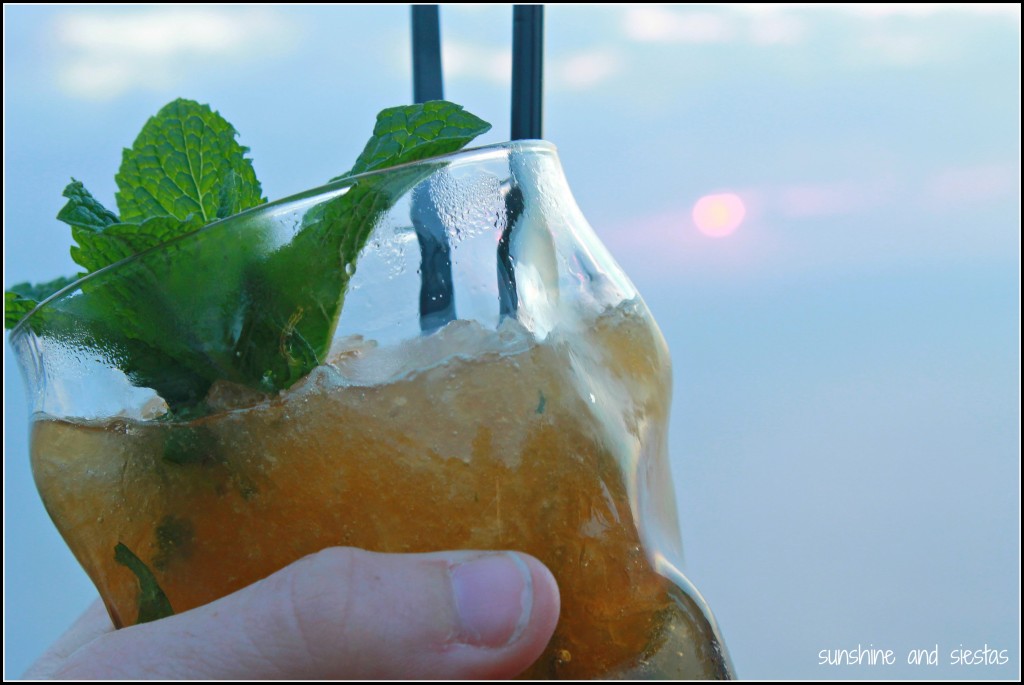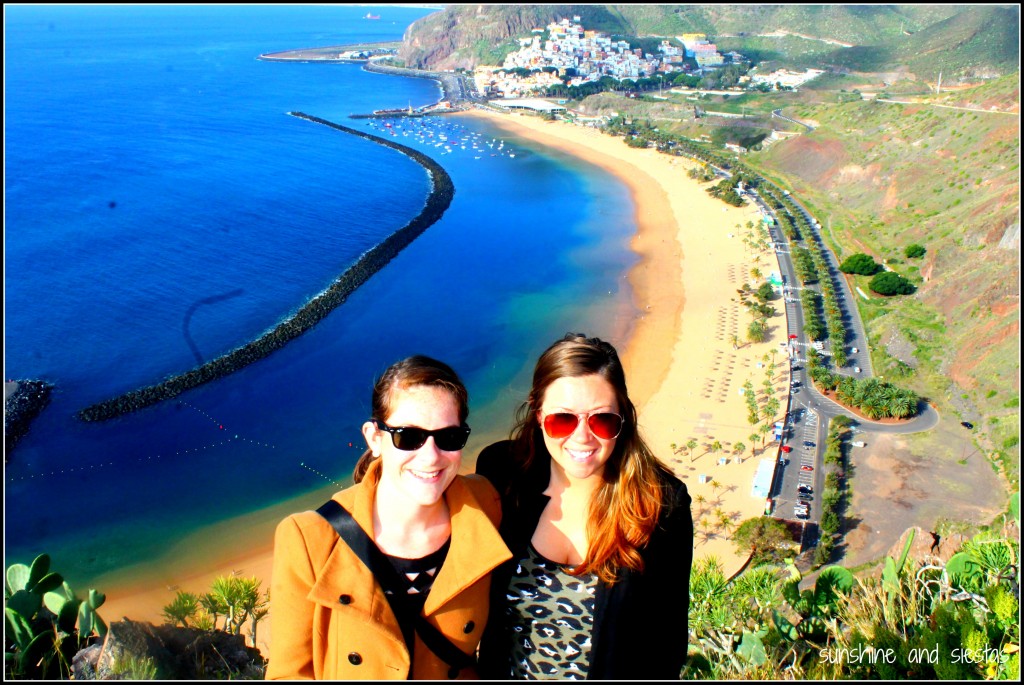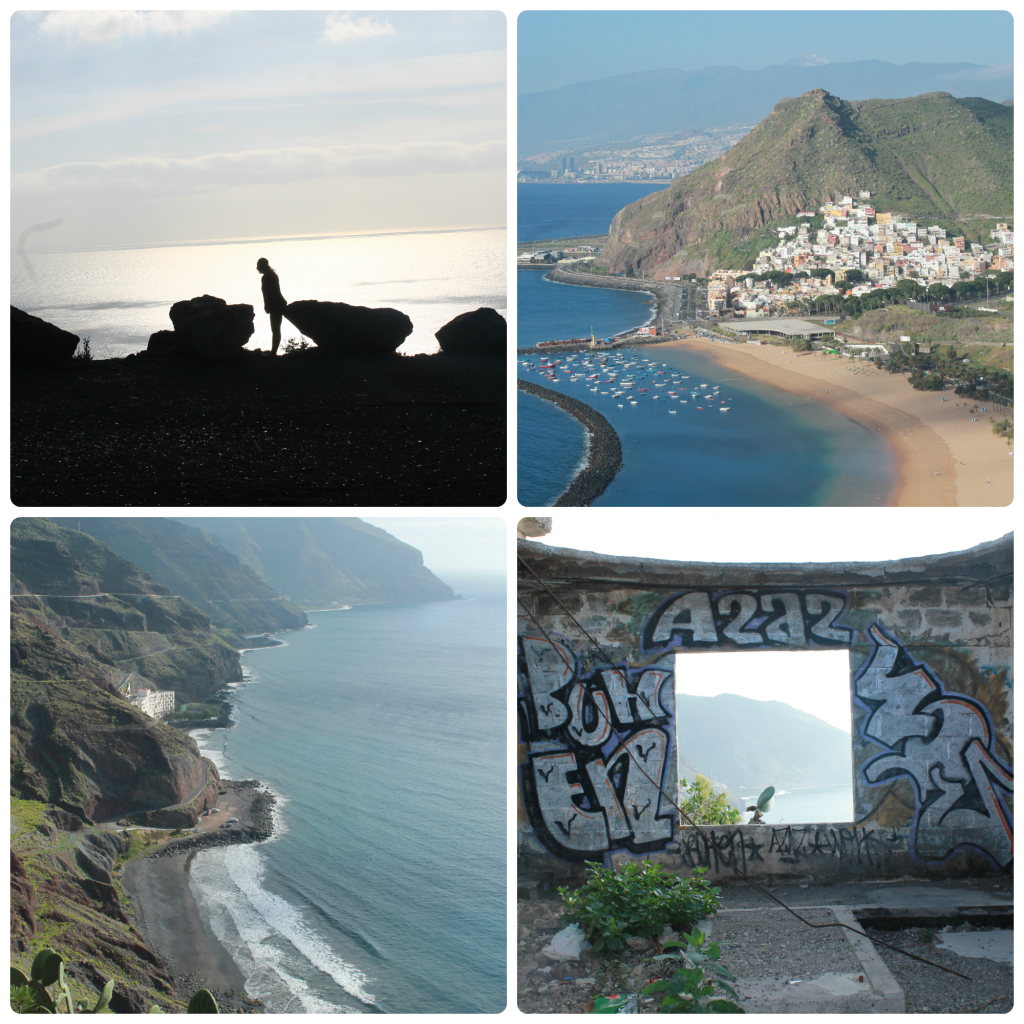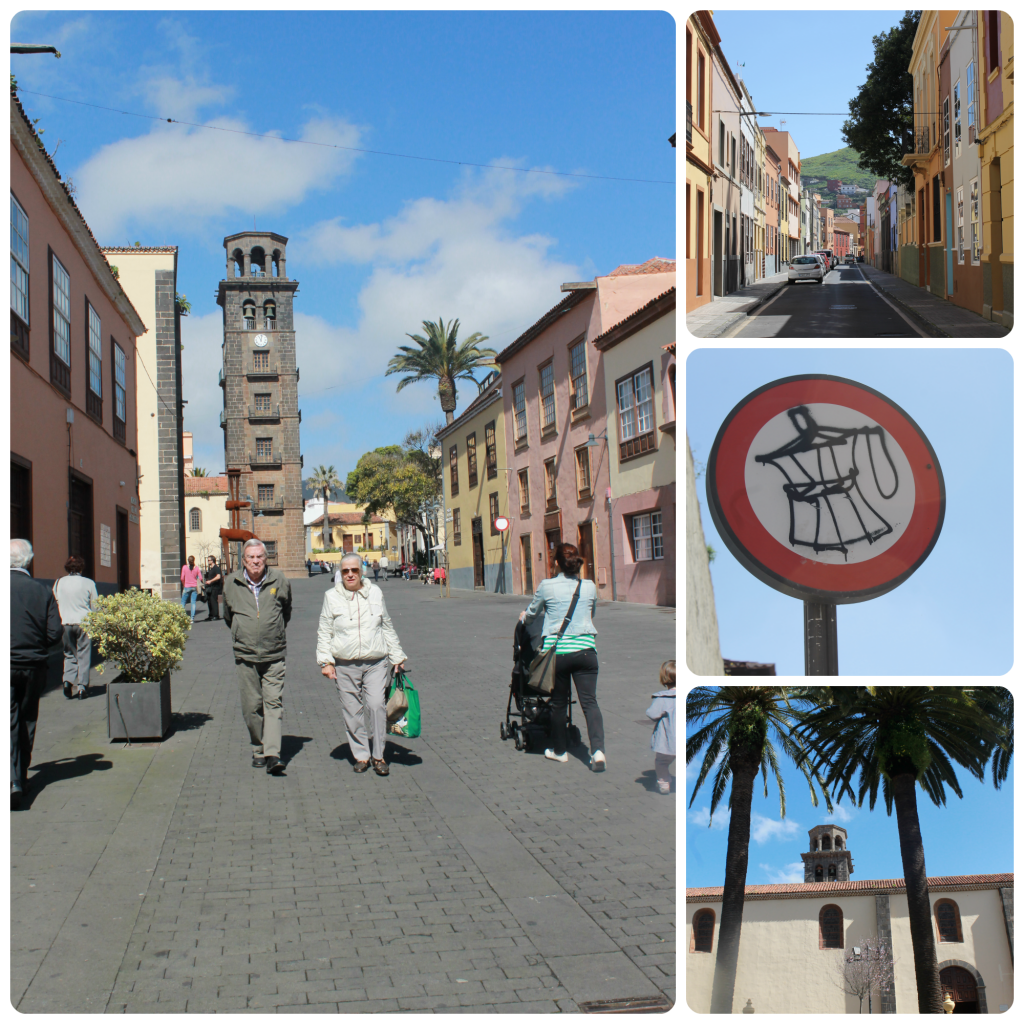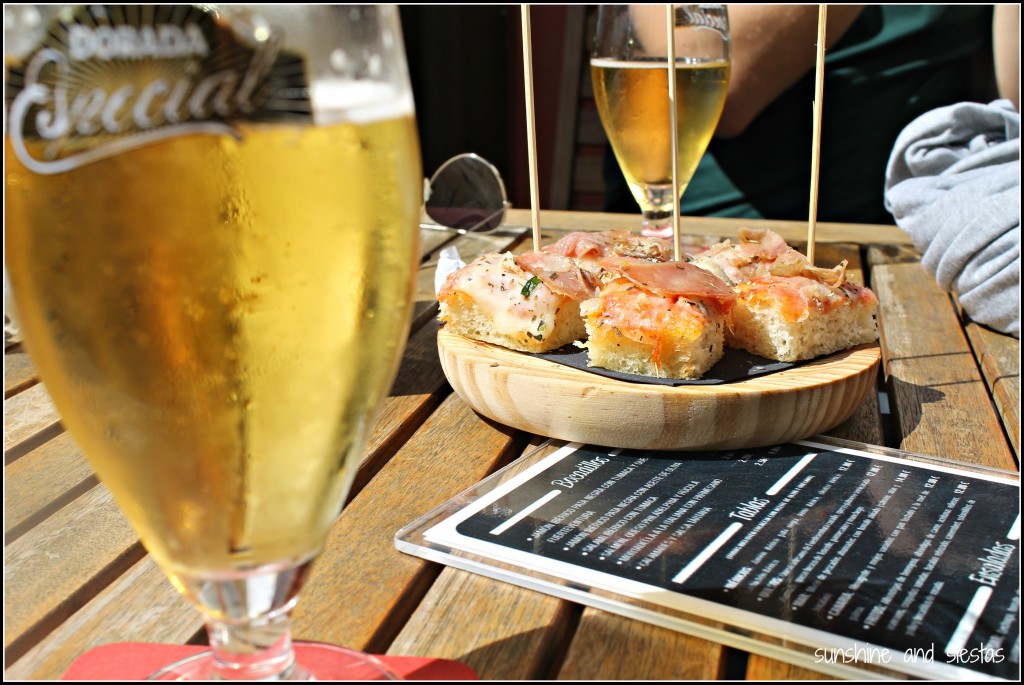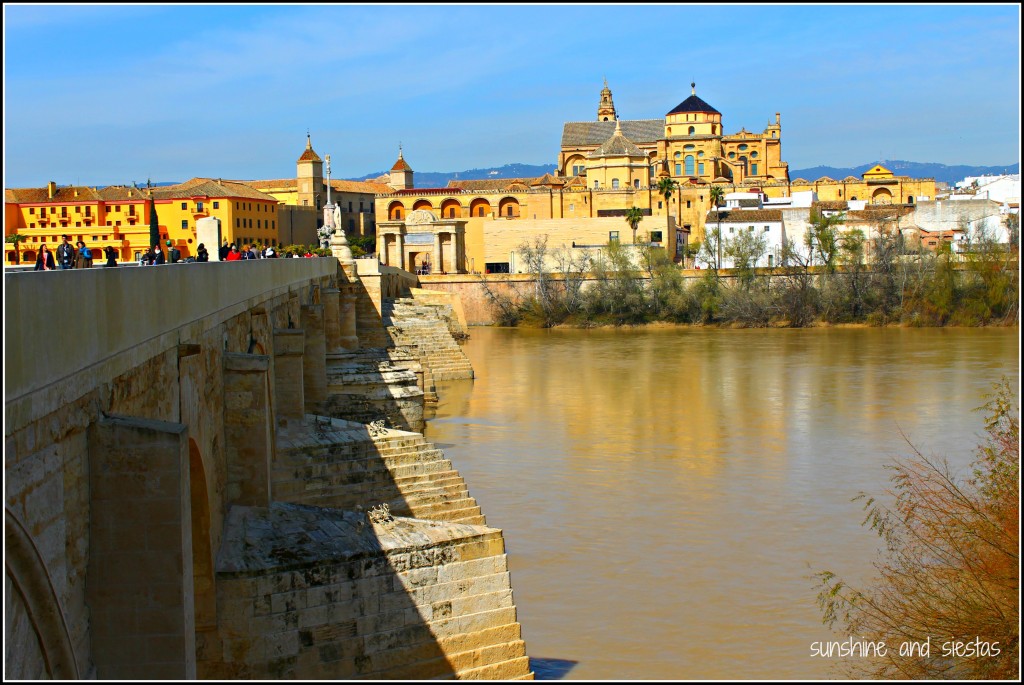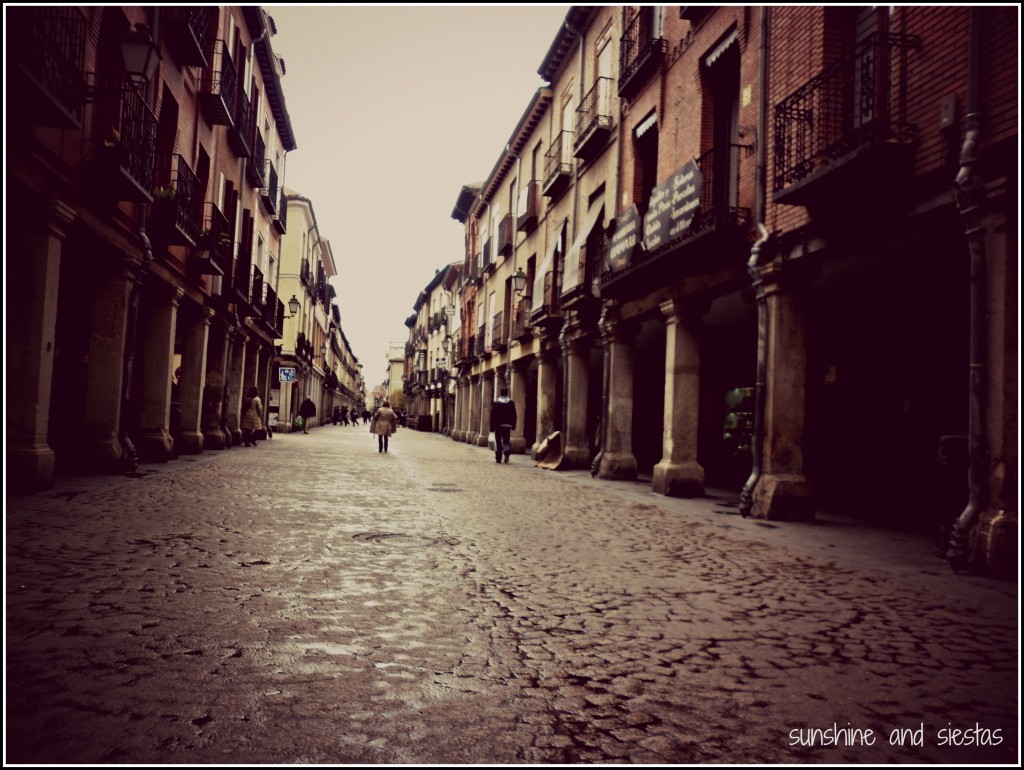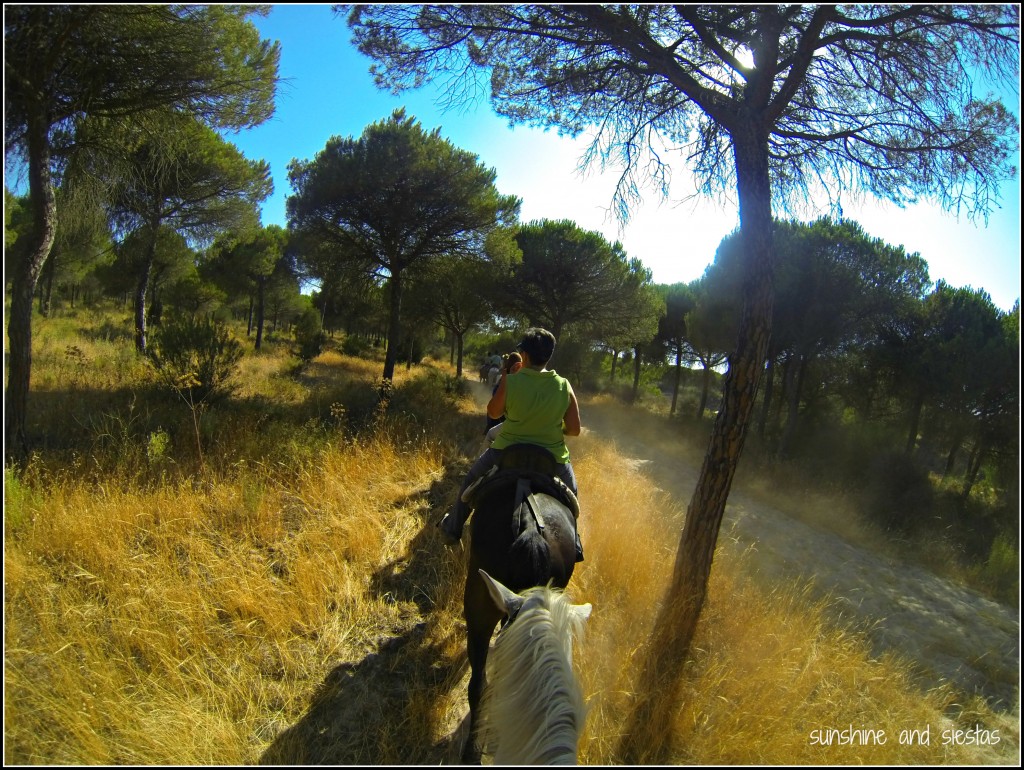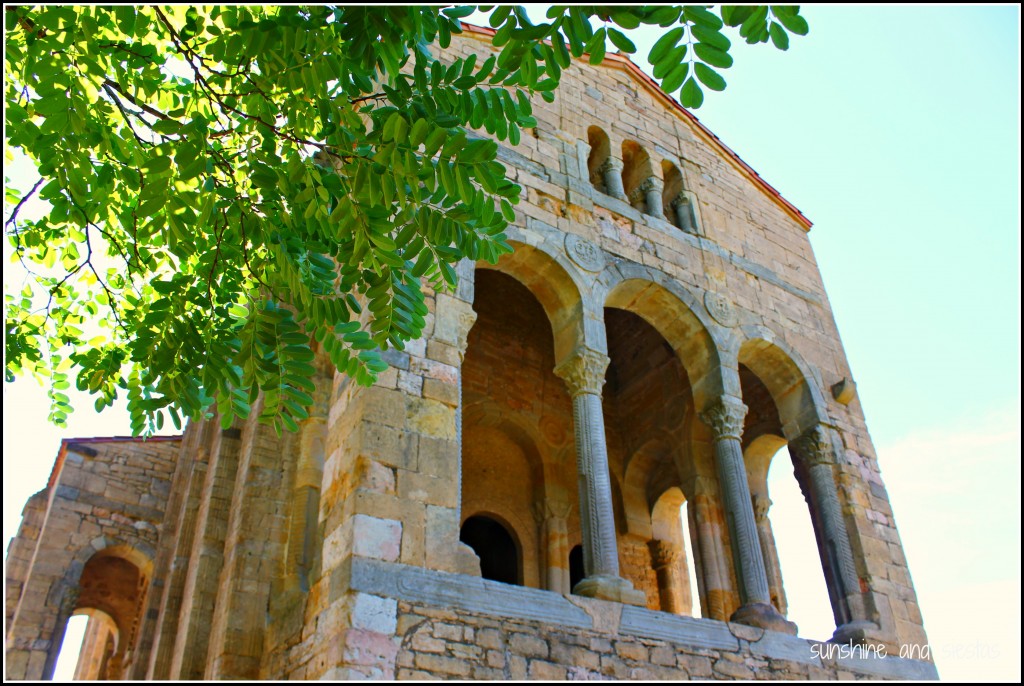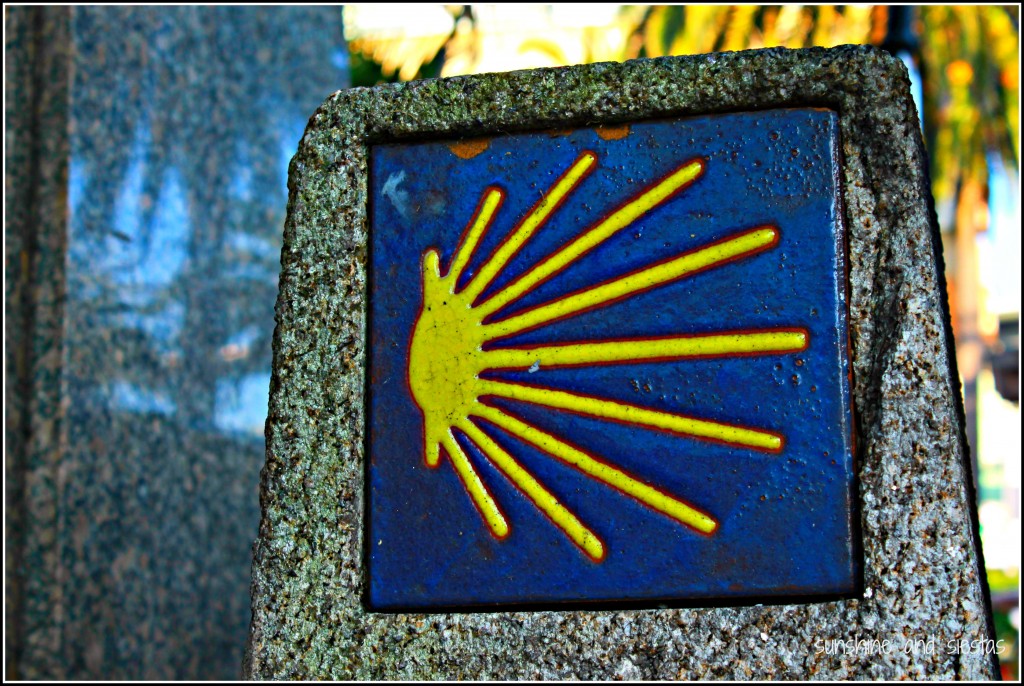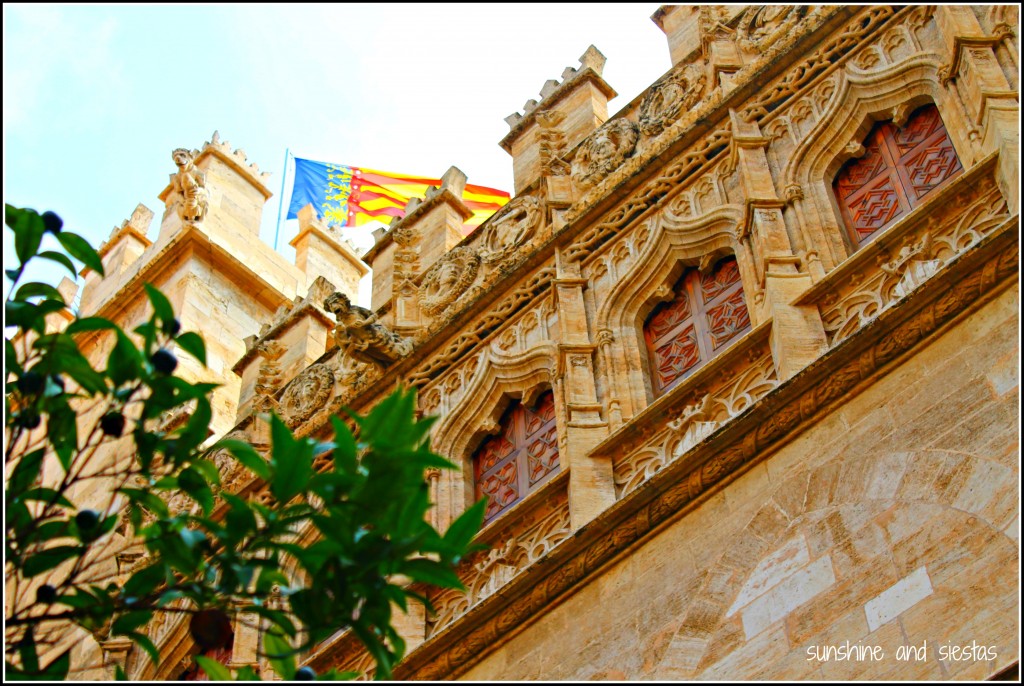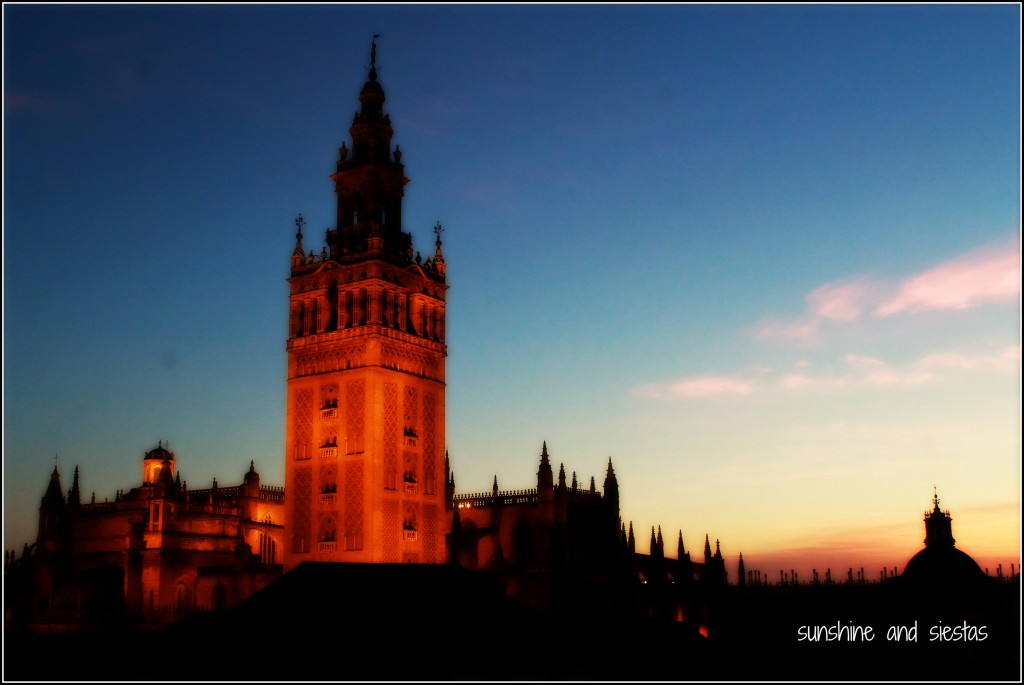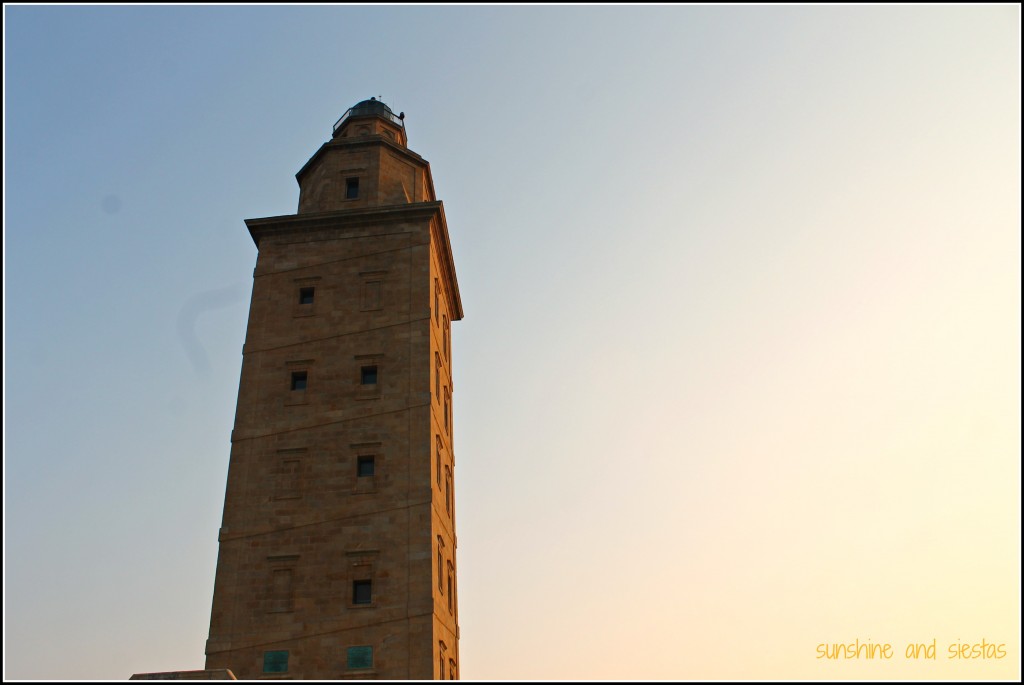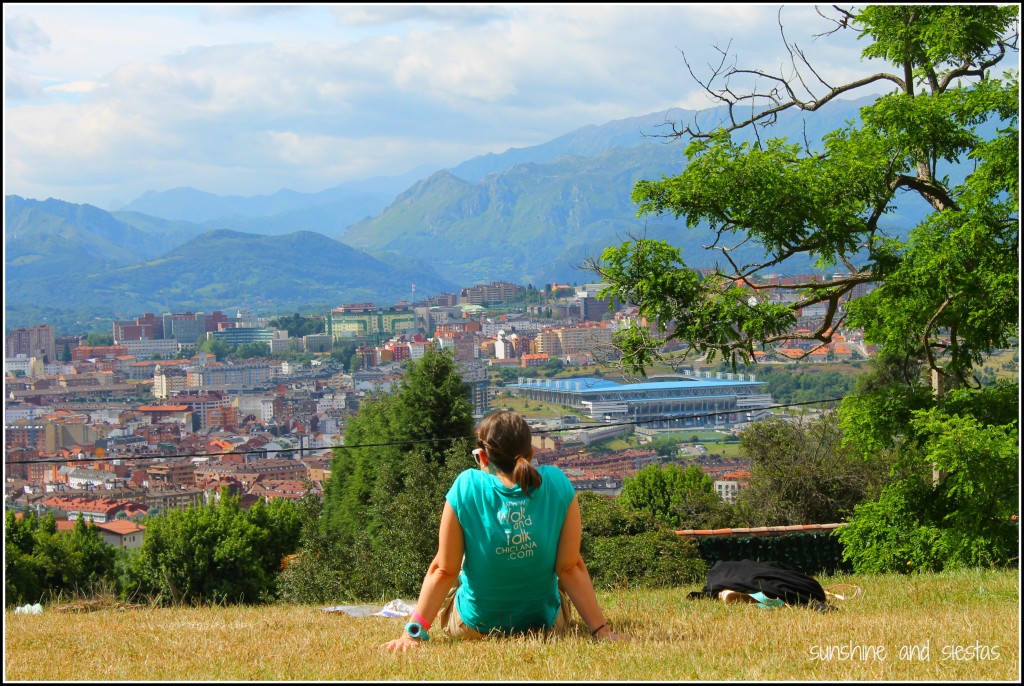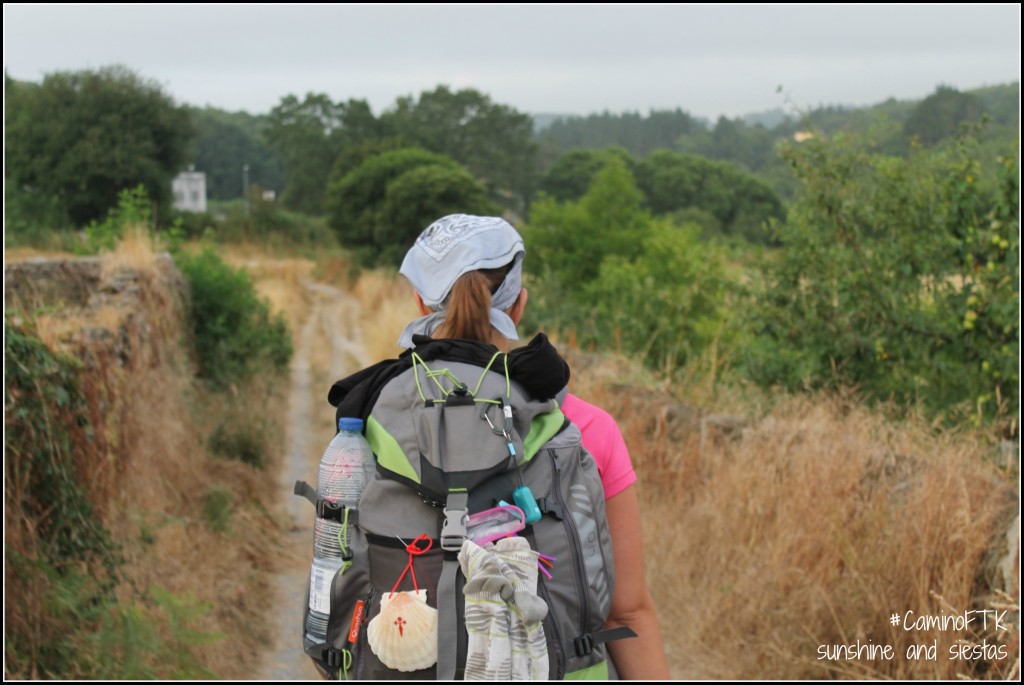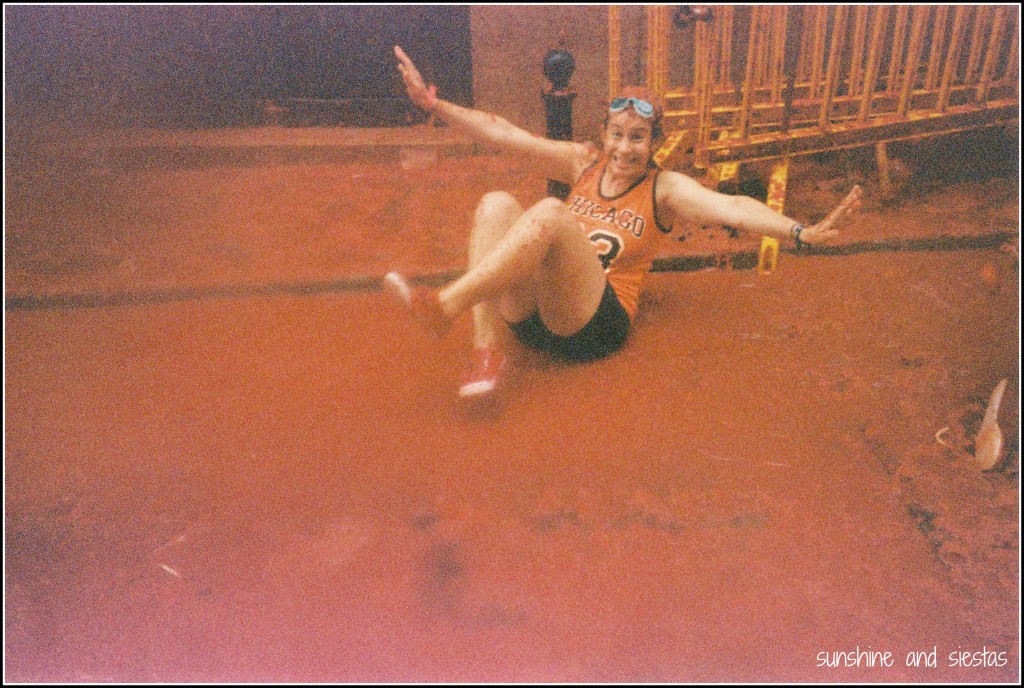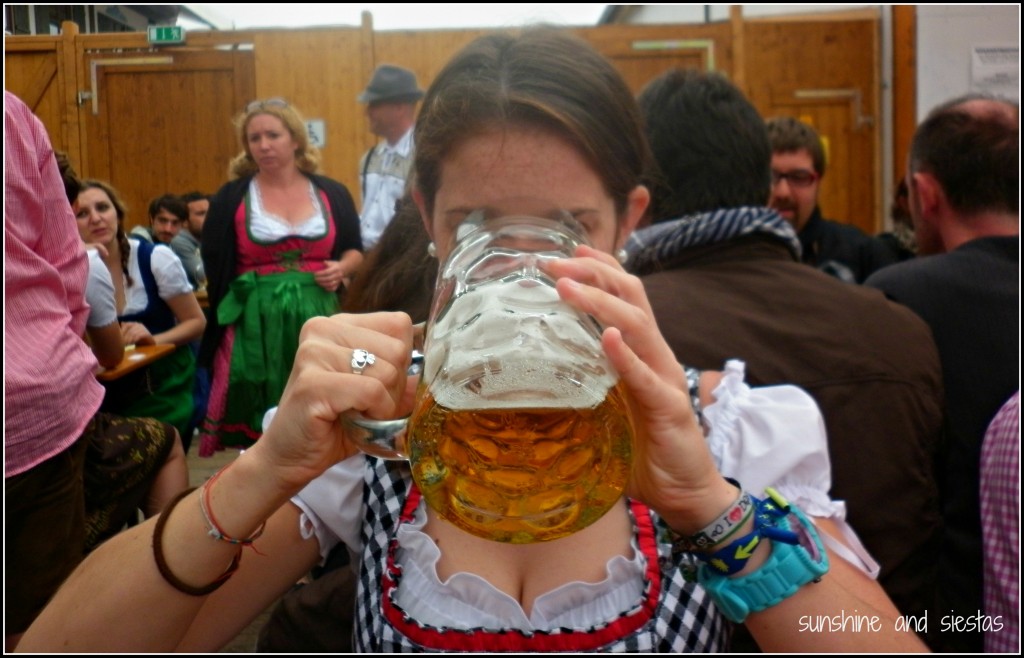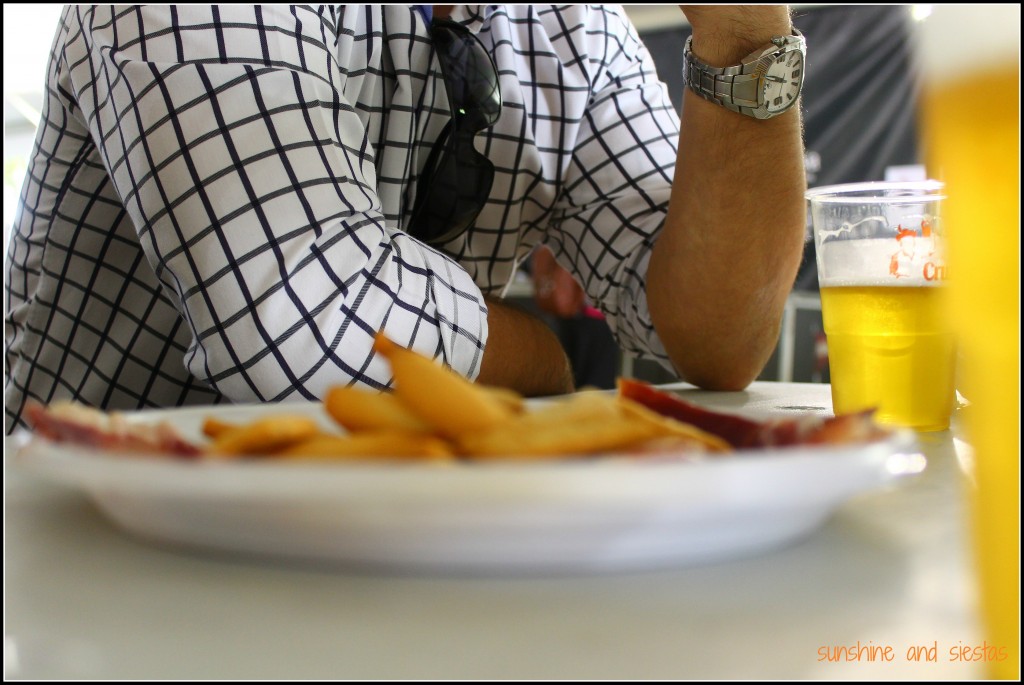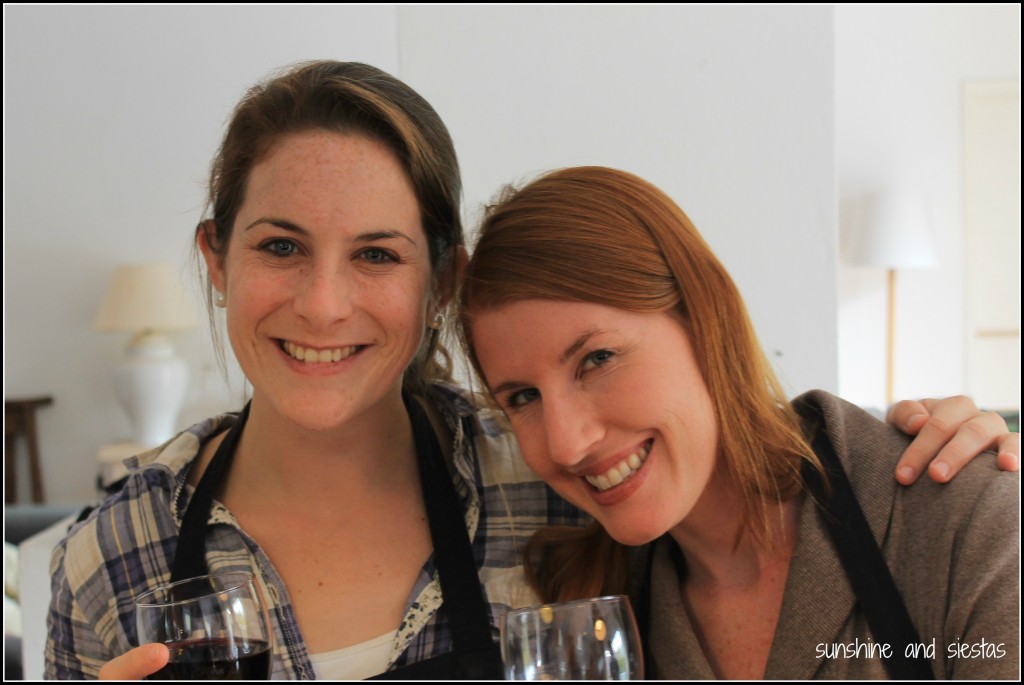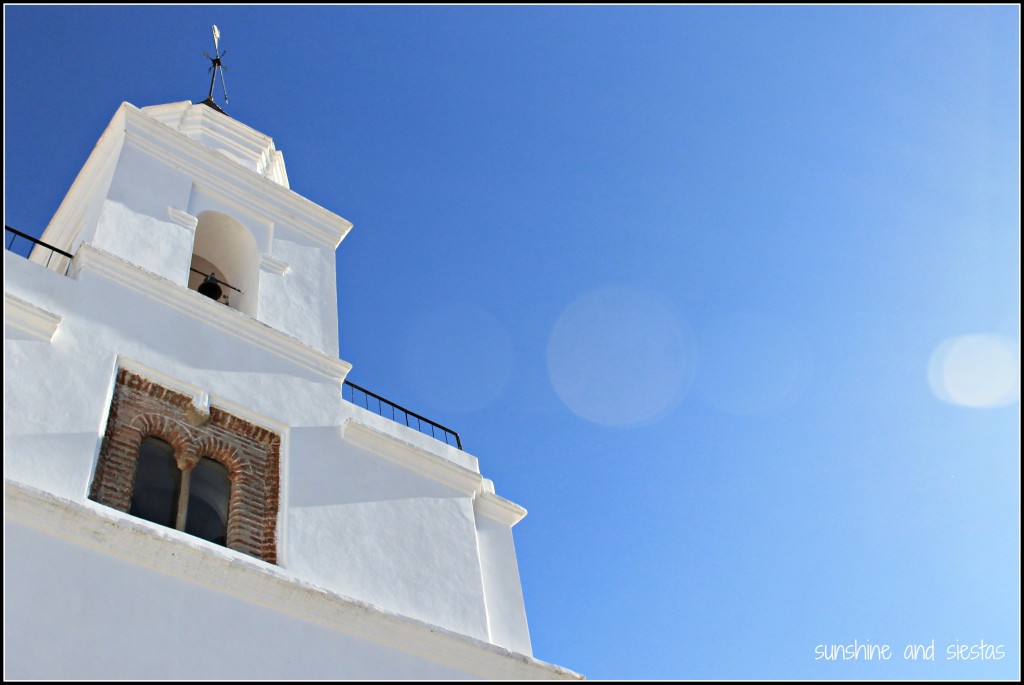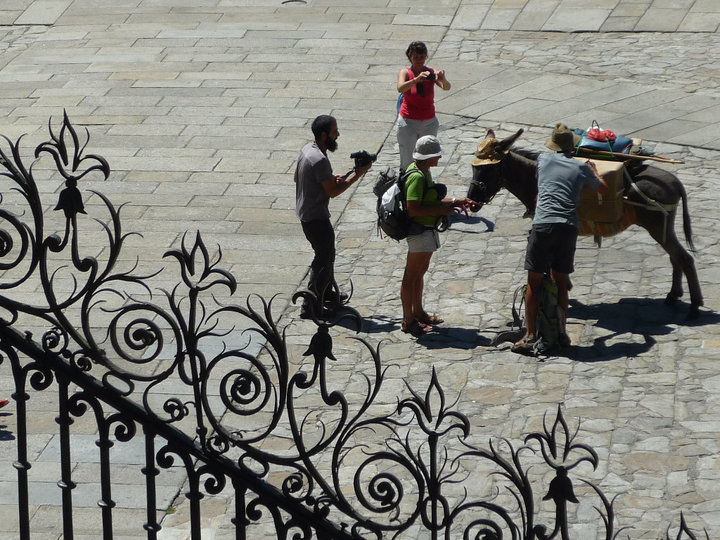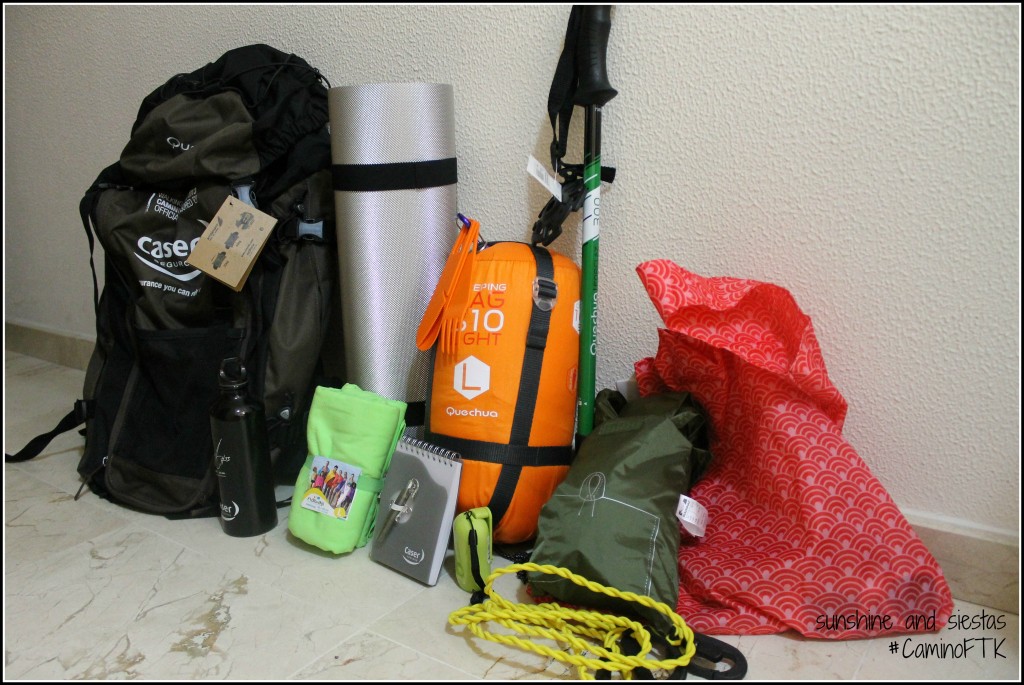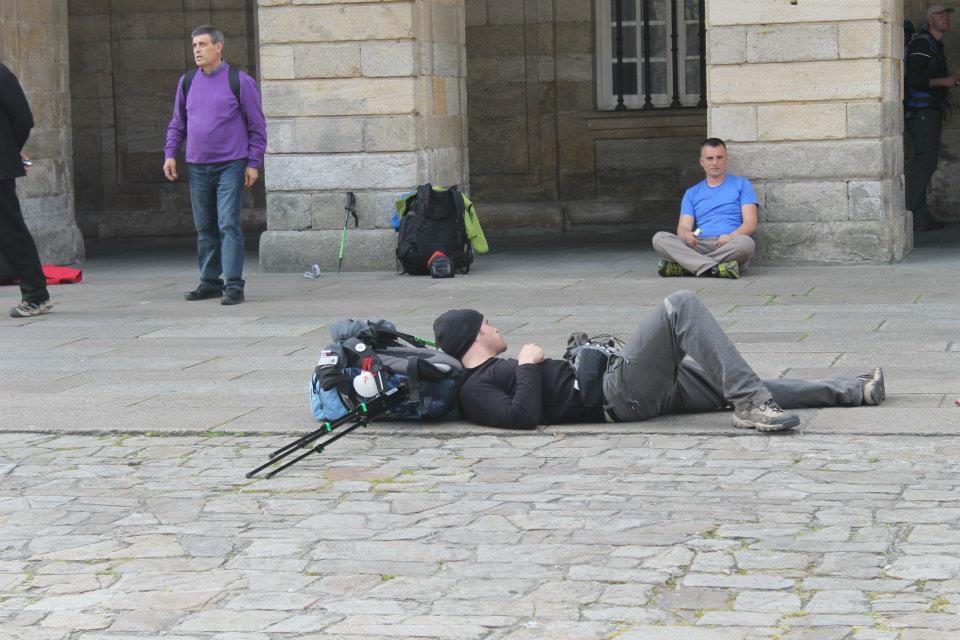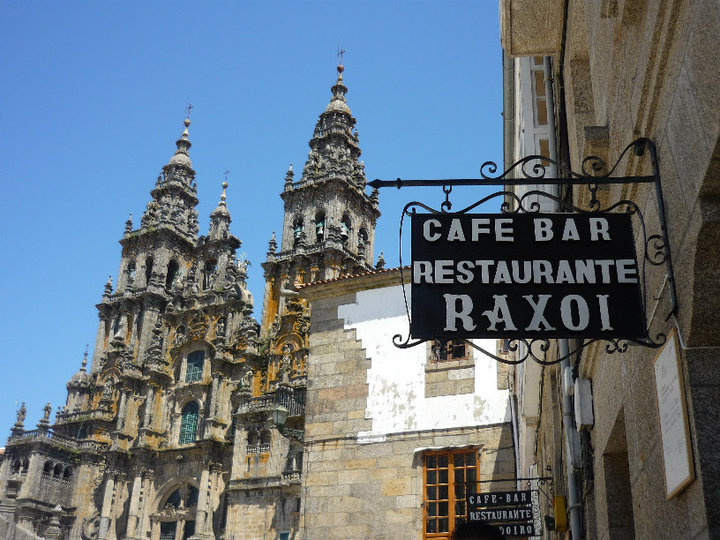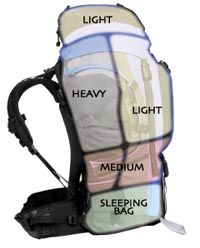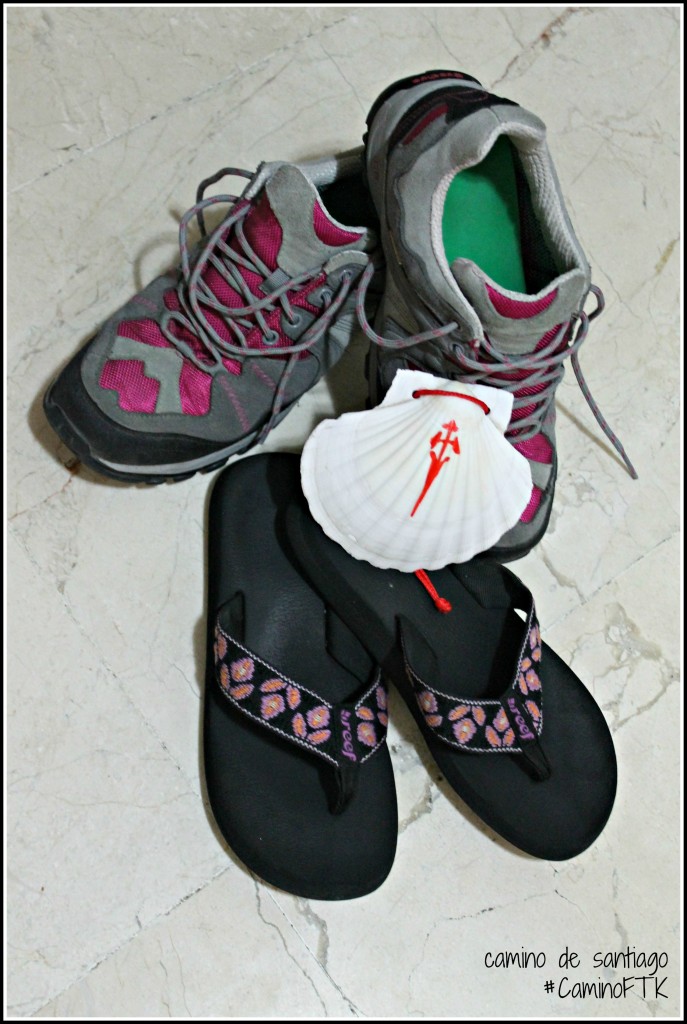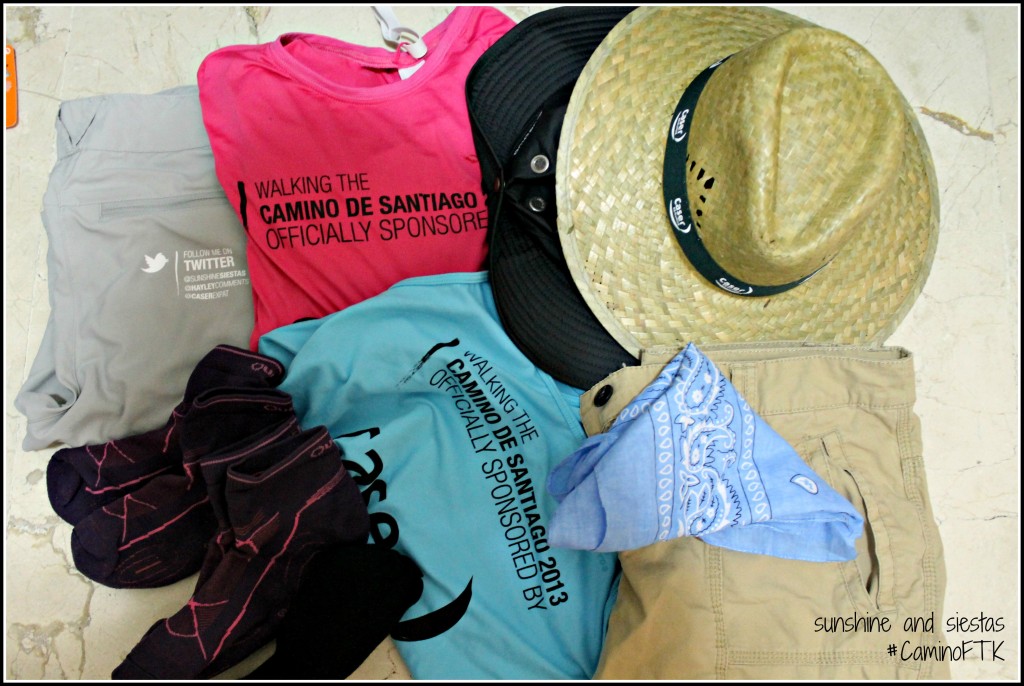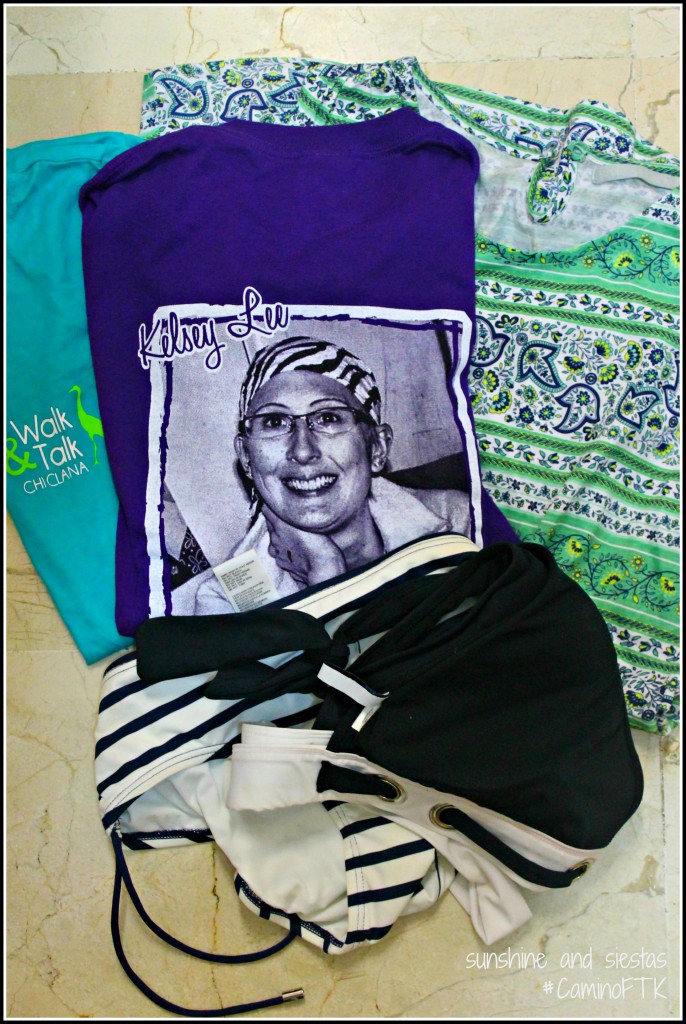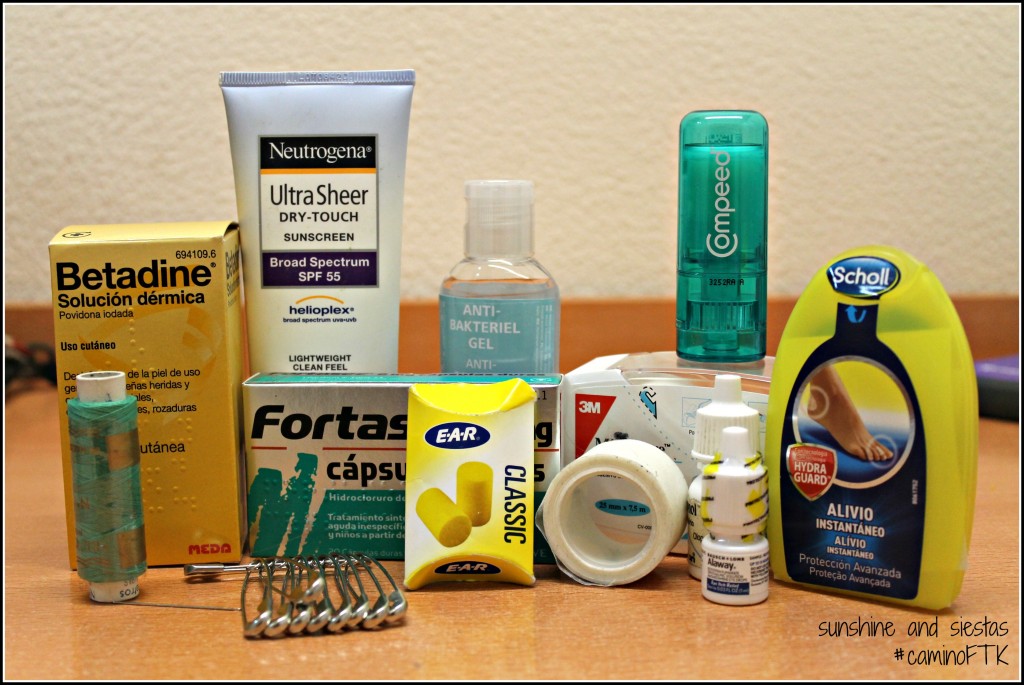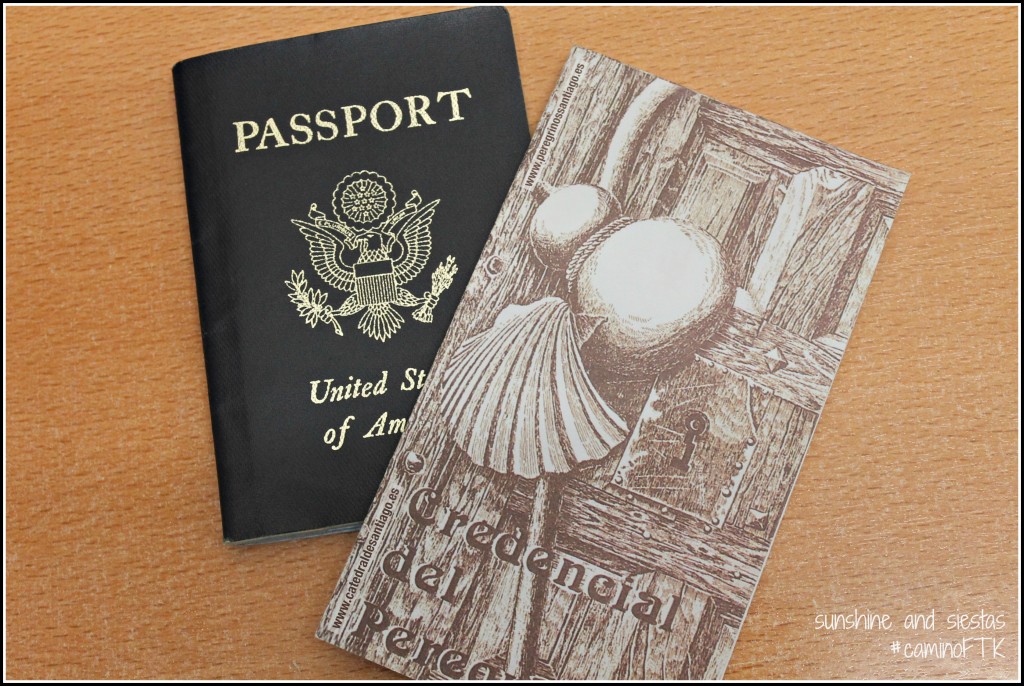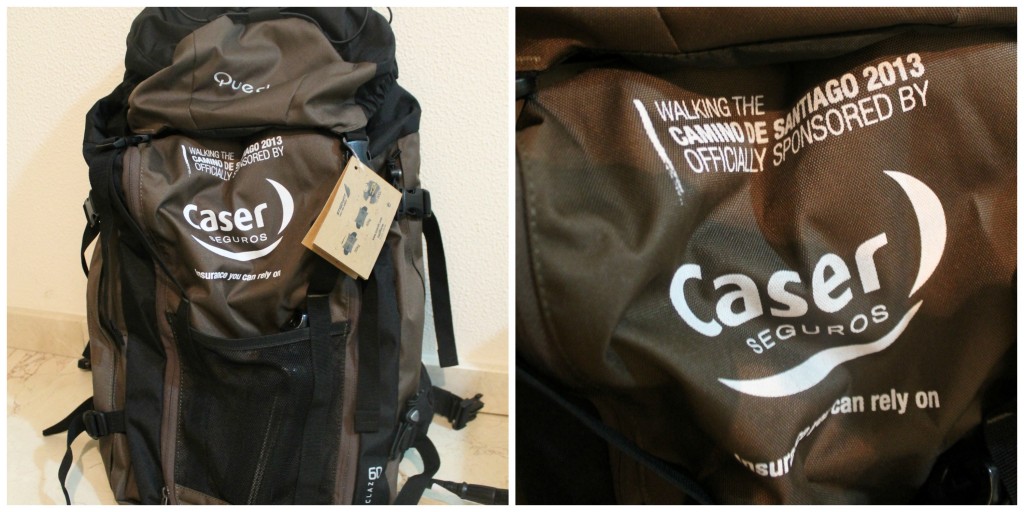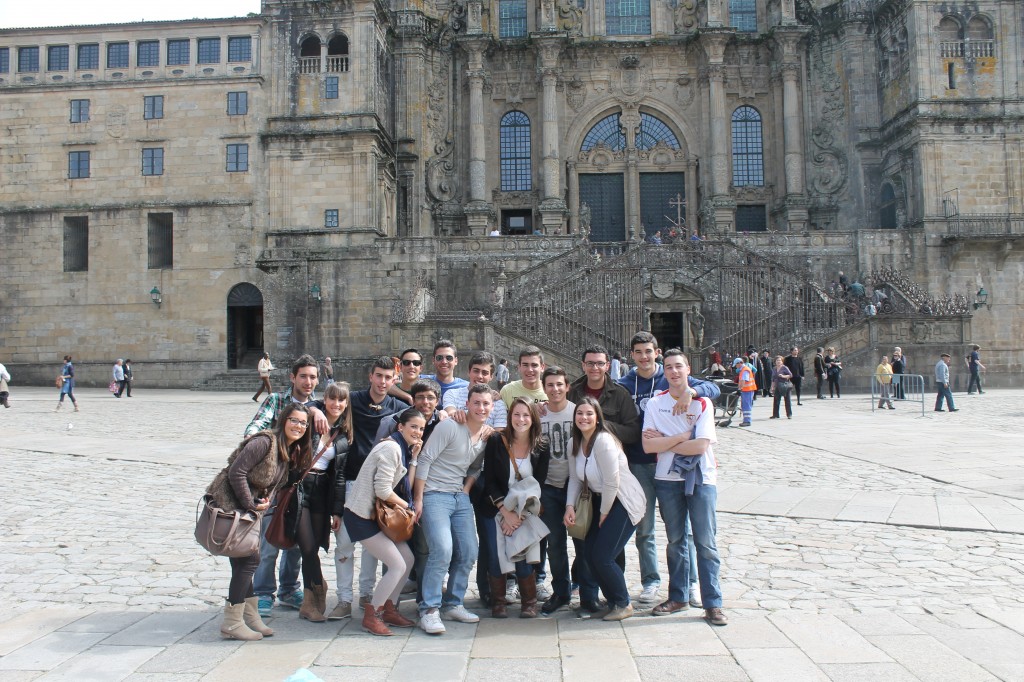There is no greater freedom than windows down, music up and open road. On a recent trip to Tenerife – a volcanic island in the Atlantic that resembles a flat-based bowling pin and boasts Spain’s highest point, hosts a bustling tourism scene and is packed with colonial history. We rented a car from Hertz to see as much as possible during my quick weekend break. Over a day and a half, we made a huge loop around the island, hitting major cities and natural sites while skipping the heavily-touristed South End.
I left the planning to Julie and Forrest. As locals, they had clued me into what we’d be doing, eating, climbing and drinking. For was even going to take care of the driving.
The Novio and I rented a car when we were on Gran Canaria about six years ago, zigzagging around this near-perfect circular island – there is really no other way to see the islands.
Day One
Santa Cruz del Puerto
Julie and Forrest live in the island’s capital, right near the port. Julie grew up in La Coruña, right near the port, and despite living a year in Seville, craves the water. She gave me a primer to the city’s few historical sites as we walked through lush urban gardens and decided that having a beer and catching up would serve us better.
The following morning, we were eager to get a start on the day. The majority of the island’s tourism heads to the south, where discos nuzzle up to the black sand beaches and there are holiday package hotels on the primera línea of every inch of beach. Our road trip on the TF-5 would take us to the northern tip of the island’s sites.
Teide
From Santa Cruz, take the T-5 towards La Laguna to the T-24 to the Teide National Park
The Megane climbed steadily through the birch trees towards the geographic center of the island. One of the biggest things on my Tenerife must-dos was seeing El Teide, a volcano which doubles as Spain’s highest point and one of two UNESCO World Heritage Sites on the island. The whole national park was mind-blowing, given that the landscape was positively lunar, dry and stunk of sulfur.
We paid to take the gondola up the view-point, which faces the southeast side of Tenerife and the island of Gran Canaria, but also got special permission to access the peak via foot. It was a steep, hot climb, but well worth the views.
La Orotava
From the park entrance, take the roundabout towards T-21, snaking down the mountain until you reach La Orotava.
After a morning of hiking on only a coffee, Forest directed the car towards the western side of the island, known for its wine crop and misty weather. As the clouds rolled off of Teide’s peak, we were left with a rainy, cloudy afternoon.
For lunch, we stopped at a guachinche, or a family run restaurant and winery. For the bargain price of 25€, we feasted on local cheeses and sausages, drank the family’s fruity wine and shared stories of living in Spain.
Puerto de la Cruz
Hop back on the T-5 to exit 32 to T-31 and follow the signs to the center of town.
We probably could have served to get rolled down the volcano to Puerto de la Cruz from the guachinche, but a quick car ride found us in Puerto, the north’s holiday-maker capital. This seaside village was once known for its stately Canarian palaces, but the center of town is overrun with German tourists nowadays. Puerto is also home to Loro Parque, the island’s best-advertised attraction, so it was difficult to not feel strangled by mass tourism.
We bee-lined straight for the black sand beach of Playa Jardín and walked around its old fishing neighborhood, La Ranilla, characterized by brightly colored facades and seafood restaurants.
The center of town was crawling with people on a market day, so we found a terrace with ecological products for a quick coffee. It almost looked like a Canarian Disney Land – built up colonial houses with wooden balconies, small shops brimming with mojo picón and local wine and botanical plants lining the skinny roads.
El Sauzal
Rejoin the T-5 to exit 21 and join the TF-172.
As night fell, Julie promised me a drink and a view. In their weekend travels on Tenerife, she and Forest had found a gorgeous terrace bar in the town of El Sauzal, a small blip of a town that seemed to drip down the side of a mountain.
The menu at Terraza del Sauzal was full of food and drink choices, and I settled on a Campari orange margarita. We watched the sun stain the sky pink, then dip into the ocean until the next day.
Day Two
Mirador de las Teresitas
Follow the port towards the northern tip of the island.
The following morning, we followed the road leading out-of-town towards the Anaga peninsula and nature reserve, keeping the port on our right-hand side. Immediately leaving the town of San Andrés, the road climbs to the Mirador de las Teresitas, a viewing point high above a beach of the same name.
The cliff is covered in graffiti and is apparently a sort of drug den, but that morning, we could see across the port to the capital, as well as Teide in the distance, peeking out of the clouds. Playa de las Gaviotas stretch under us on the other side.
I had only a few hours before my flight back to the mainland, so we hopped back in the car and sped towards San Cristóbal de Laguna, a colonial town nestled between two mountains.
San Cristobal de la Laguna
Take the T-5 out of the capital, towards the Tenerife Norte airport.
Apparently airport architects made a huge X on a map of the island as to where NOT to put an international airport, but Tenerife North was built anyway. The wind tunnel where La Laguna, as it’s known locally, sits was windy but sunny and warm for a March day.
The well-preserved historic center is the island’s other UNESCO site and is entirely pedestrian, crowned with a university and the Catedral de La Laguna. While there was plenty of history just under the glossy surface of La Laguna, we decided on beer and a few light tapas.
A few hours later, Forest dropped me off at the airport, and Julie made me promise to come back so we could do the Southern half of Tenerife. For a girl who has lived in four different cities and four different autonomías in Spain, Tenerife must be pretty special if she’s decided to stay on just one more year.
Like road trips? Check out my other posts: Montenegro // La Rioja // Understanding Spain’s Driving Laws
